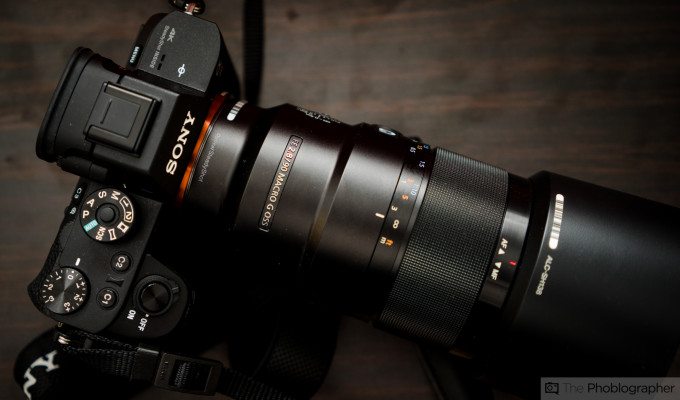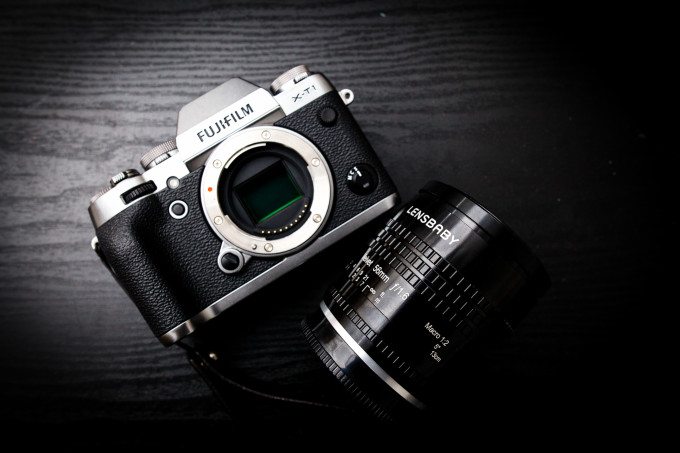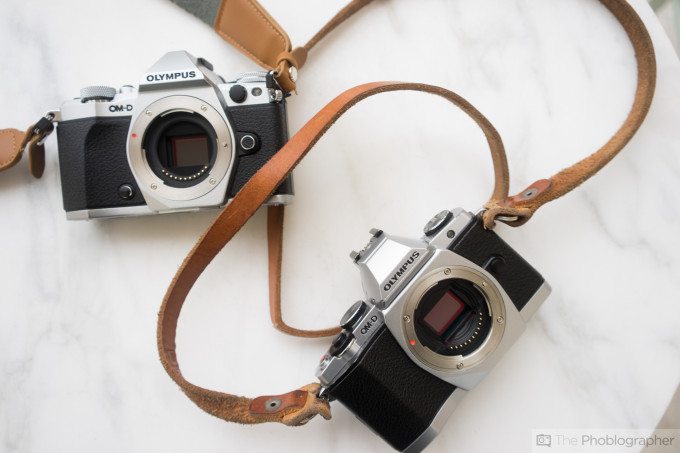Last Updated on 09/11/2015 by Chris Gampat
Years and years ago, the lifespan of a camera could easily be around 10 years. Even after the camera was discontinued, the camera would still work and last for a very long time; just look at Leica cameras for example. Digital changed that–the addition of CPUs, processors, sensors, and more electronics made cameras not only less durable, but much more vulnerable to other problems. This has been a problem all across the board and overall in the industry.
Then consider that technology moves at such an extremely rapid pace these days. Processors in computers become better and better every three months. Sensor design and technology moves pretty far ahead each year. Sometimes the megapixels go up, otherwise AF points get added to the sensors, and sometimes the cameras have the same sensors but different processors, ergonomics, and more.
The point that I’m getting at here is that at this moment in 2015, there are way too many cameras being updated way too frequently in a world where camera sales are down. To that end, it would make much more sense to see less frequent updates but with much greater jumps in the technology.
People who buy their first DSLR or mirrorless camera are very happy with the results that they get and don’t often NEED to get more. Don’t believe me? Take a look at the best selling cameras on Amazon. Considering the pricing of newer cameras, they also can’t necessarily justify the purchase when their camera already does a job that is more than satisfactory. Even more importantly, serious photographers who already own a dedicated digital camera understand that it’s the person that creates the images and not the camera technology. Many of the photographers that we interview here on the site don’t own the latest and greatest digital cameras. Instead, they focus more on actually creating images than getting caught up with gear.
These days, not a single company is making a terrible camera. For years I was very happy with my Canon 5D Mk II and I’m still very happy with the Fujifilm X Pro 1 and Olympus OMD EM5 on my shelf.
A couple of months back, former staffer Kevin Lee came over my apartment to hang out and we were comparing Fujifilm cameras: he owns the X-T1 and I own the X Pro 1. We took a look at the straight out of camera performance of the images and concluded that the X-T1 can get more information from the highlights and shadows at the same exposure as the X Pro 1 when shooting RAW. But what I showed him is that when working in Adobe Lightroom, you can make the images from both cameras look the exact same and no one may be able to tell the differences. Of course, the X-T1 also has faster autofocus, weather sealing and more to it that make it a better camera; but at the moment of publishing this post, both cameras haven’t been refreshed. Instead, we just get new options.
If I purchase a new camera, it’s because the previous one has really died out or the sire genuinely needs one for testing–and testing new lenses is much easier to do when you have a body to hold onto rather than constantly needing to get a body to test a lens on (trust me, it’s complicated to be a reviewer.) This is part of the reason why I needed to buy a Sony A7. Now that the A7 Mk II has come out, I still don’t really find a great reason to update. Why? The original A7 as great image quality and anything that it can’t do can be fixed with Adobe Lightroom or Photoshop CC. The same idea applies to my purchase of a Canon 6D that I needed because the 5D Mk II totally died.
All of these cameras take great images not only because of the excellent technology inside, but also because of the lenses. Lens lifespans far outdo those of cameras, but I don’t necessarily understand why cameras can’t last longer. If someone is so satisfied with the camera that they’ve purchased, then they can be compelled to do more with that same camera if they purchase a new lens or flashes. To that end, manufacturers can offer more options for different consumers. These lenses can also be marketed to help someone become more creative and take better photos. This is evident from the fact that people love bokeh and love just how sharp and constrasty a great lens can make their images. So why not try marketing the idea of a complete system or lenses more often? The iPhone has proven that people care about lenses since entire lens mount systems and accessories are made for the world’s most popular camera.
And overall for the consumer, it simply makes more sense to prolong the lifespan of a camera.




